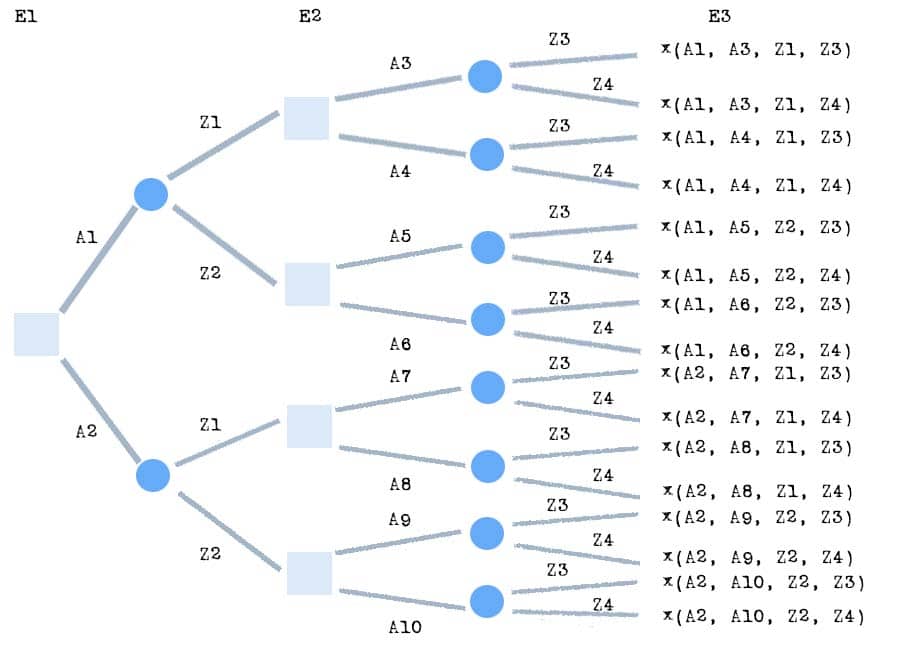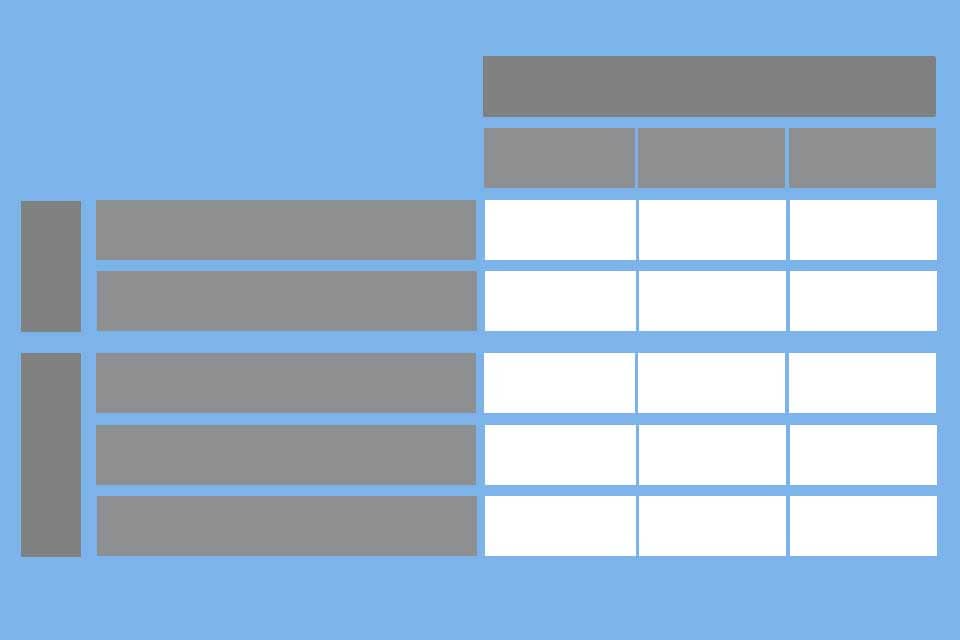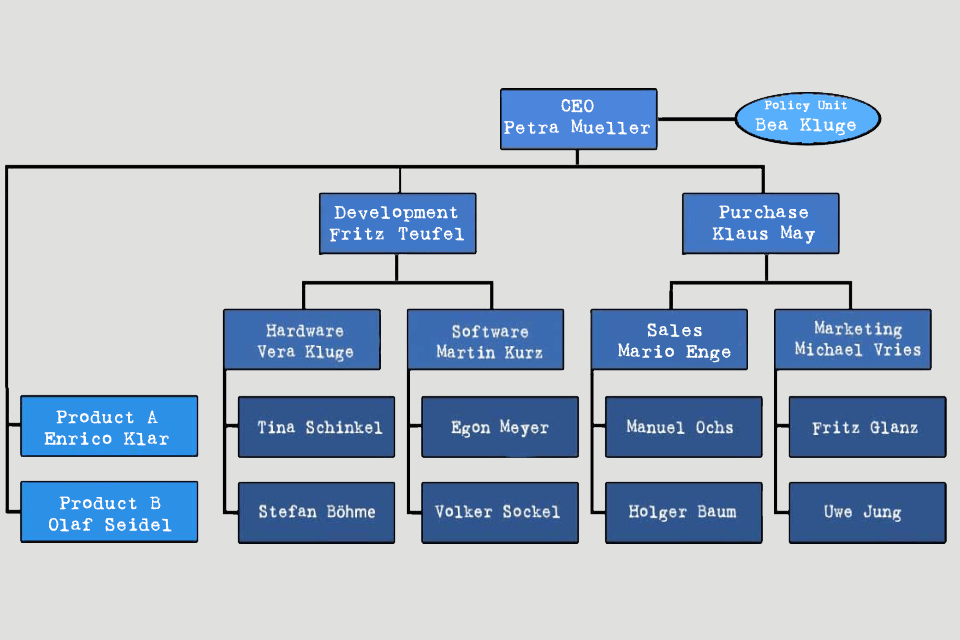What is a Decision Tree?
Table of Contents: Definition – Visualisation – Advantages and disadvantages – Notes
Smartpedia: A decision tree displays a multi-level decision process with all decision options. In theory, it is suitable for all types of decision making.
Decision tree – the graphical representation of decision options
A decision tree represents a multi-level decision process with all decision options. Since the decision paths are represented by individual branches, it is also called a tree diagram.
A decision tree represents a multi-level decision process with all decision options. Since the decision paths are represented by individual branches, it is also called a tree diagram. It is a visualisation and serves as a decision aid. Often you can find examples of decision trees on the Internet that show alternative paths in a process but are not suitable as decision aids. The purpose of a decision tree is to arrive at a final decision based on various visualised answer options to concrete questions.
Even though a decision tree can be visually appealing, it is clearly structured by formal rules. This is also the biggest advantage for users, who can easily follow these rules over several levels – the questions with their answer options – and thus make a decision.
The visualisation of decision trees
A decision tree can be presented from top to bottom as well as from left to right. Rich decision trees know besides
- the questions
- and the response options (also referred to as alternatives)
- additionally environmental conditions.
These environmental conditions are external factors that influence the outcome of a decision but cannot be influenced by the decision maker (e.g. weather in agriculture or opening hours in stationary retail). They are therefore uncertainty factors and represent risks in the decision-making process.
This decision tree distinguishes between rectangular and round branch nodes.
- Decision nodes are rectangular (e.g. E1 and E2 in the example above).
- State nodes are round.
The first decision E1 leads to a choice of an alternative A1 or A2 and to environmental states Z1 and Z2. This is followed by further decisions with further alternatives and states, providing a decision can be made all the way to the end.
Advantages and disadvantages of decision trees
In principle, a decision tree is suitable for the systematic derivation of decision options. Since the creation of a decision tree does not require specific qualifications apart from technical expertise, working with decision trees is relatively widespread. Working with decision trees offers the following advantages:
- They are easy to create and easy to read.
- Dependencies in both chronological and logical sequence are identified.
- Only pens, paper or the simplest graphics programs are needed to create them.
- They can be refined and built up step by step.
Another advantage is that they can also be used as a form of documentation; this makes sense whenever organisations want to understand why a decision was made x(A1, A3, Z1, Z3) and not x(A1, A4, Z1, Z3) in the course of a project or development.
Theoretically, a decision tree is suitable for all types of decision making – in corporate or project management practice, however, there are limits when it comes to very complex relationships. The following disadvantages exist when working with decision trees:
- The representation can quickly become confusing when there is a lot of information and options.
- Not always all decision options or possible consequences in terms of costs, risks, probability of occurrence etc. are known. Whether information is missing, however, cannot be seen in the presentation.
How often is the decision tree used in your organisation when making decisions?
Notes:
Feel free to share or link to the content on this page.
Decision trees are one of the 100 top management tools that managers should know (at least according to this book).
The problem tree also uses a similar representation.
Here you will find additional information from our Smartpedia section:



